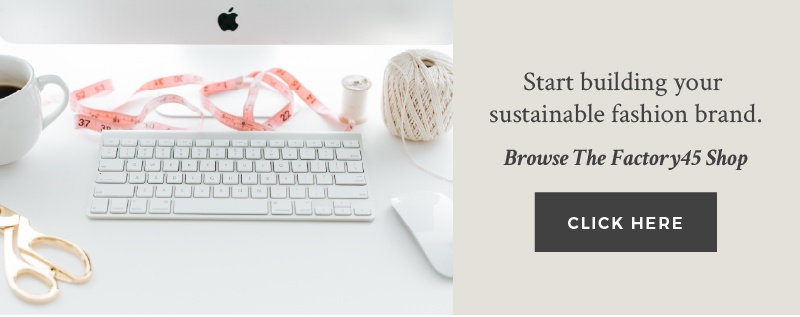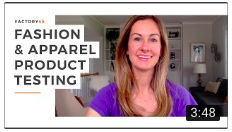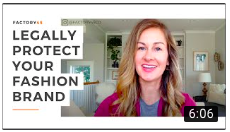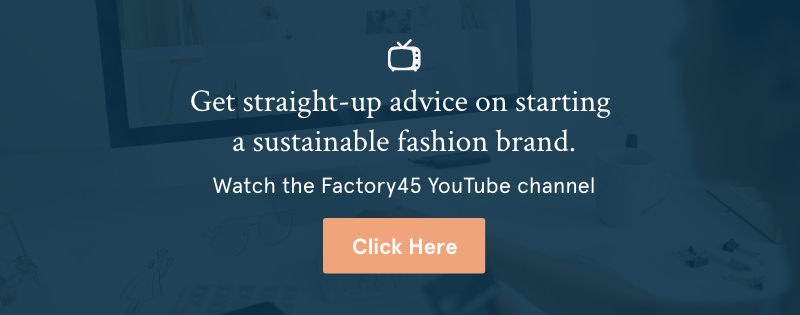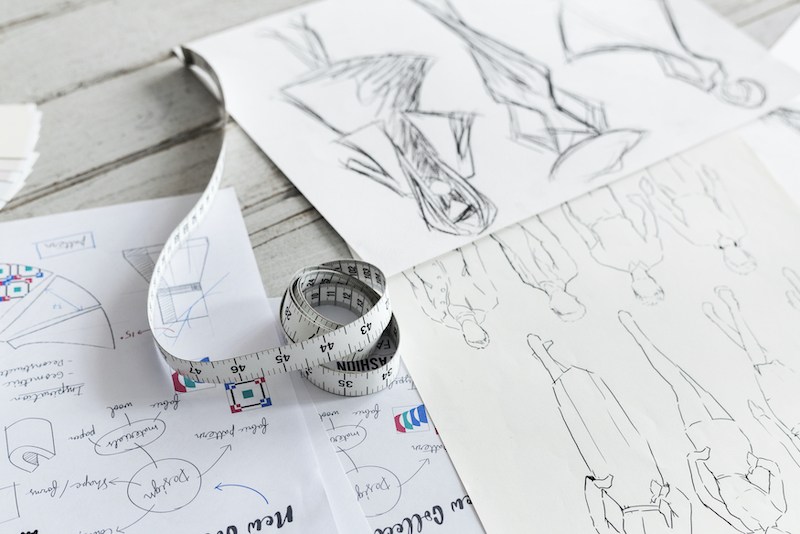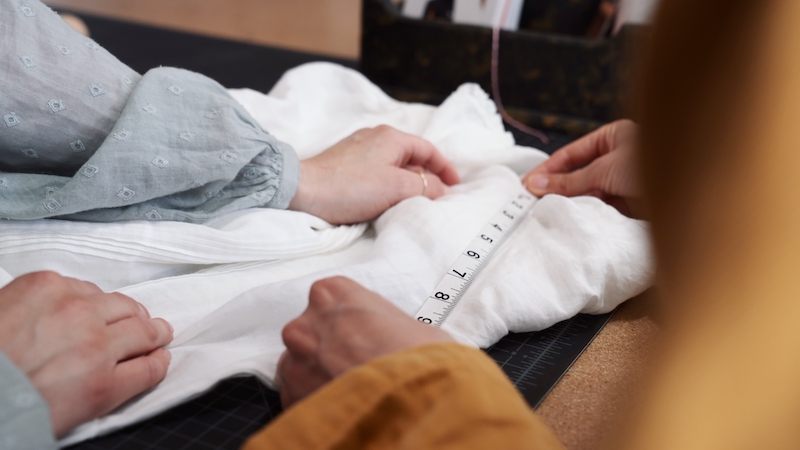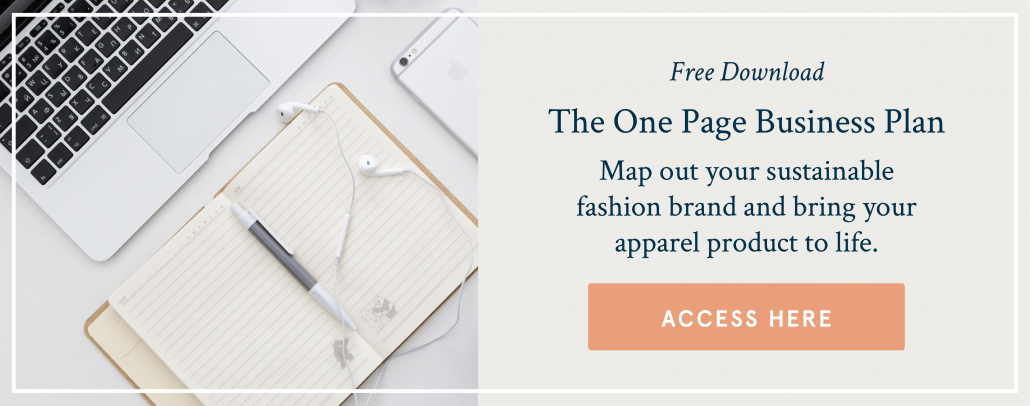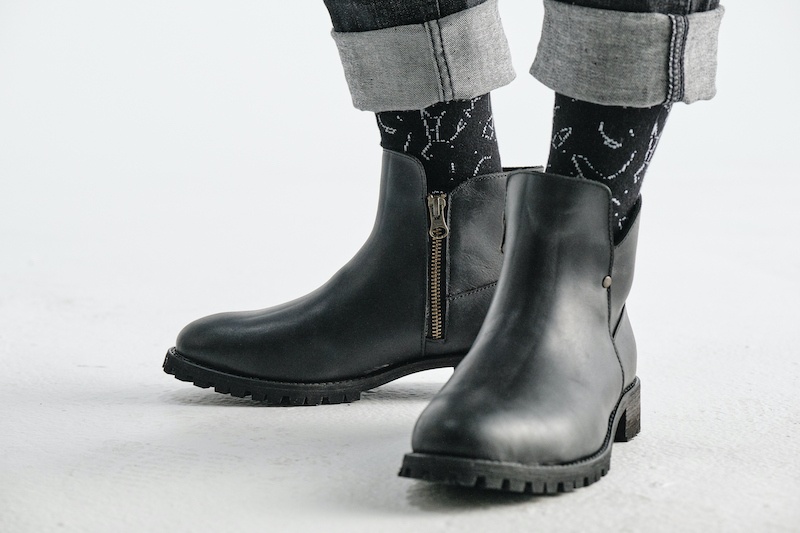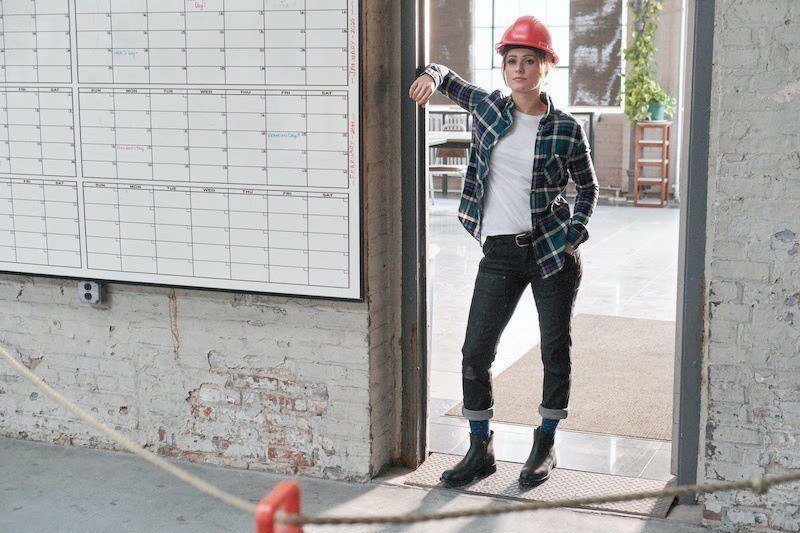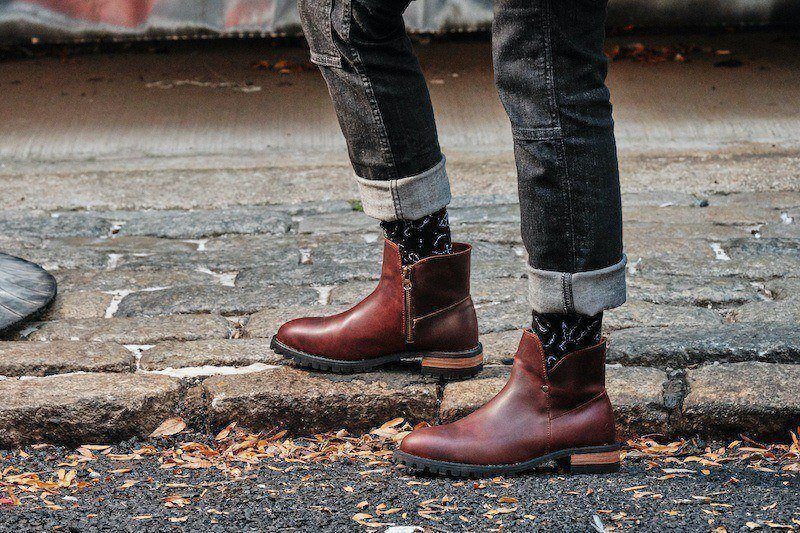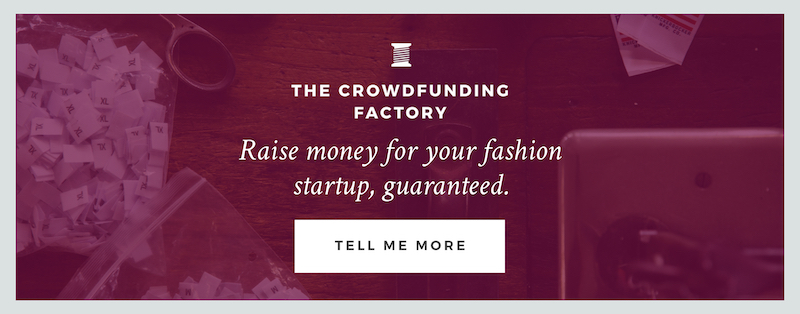Lately, I’ve been thinking about why it’s so hard for some people to take action.
This is, by far, the biggest obstacle I see stopping entrepreneurs from getting a business off the ground.
We fall victim to procrastination — which in essence, is fear.
When we’re afraid of doing something, or afraid of the potential result of doing something, then we stop ourselves from taking action.
The threat of what could happen paralyzes us from doing anything at all.
Personally, I have 99 problems but taking action isn’t one.
So I’ve been trying to analyze what it is about my strategies or methods that empowers me to move forward on an idea even if I’m scared or unsure of the outcome.
And I was able to boil it down to two things.
The first one is confidence.
Because I’ve taken action on enough ideas over the span of my life, I’ve built up the confidence to take action on the next one.
I recognize that this stems from a position of privilege, but it’s true nonetheless.
Even though some ideas haven’t worked out, I’ve still been able to maintain the confidence from the ideas that have.
The second method is more interesting and was less obvious until I listened to a podcast with a behavioral scientist who studies habits.
When I think about most of the ideas I’ve taken action on, they all have one thing in common:
I’ve chosen the lowest barrier to entry.
Let me give you an example.
When I created the Factory45 program for the first time in 2014 I didn’t have the fancy portal and online content that I have now (six years later).
I started with Google docs, a free Basecamp account and Apple Keynote (or PowerPoint).
If I had tried to create the customized WordPress site or high production videos that I have now, it would have been too overwhelming and expensive as a jumping off point.
This sense of overwhelm applies to so many things you may be facing: getting your social media going, setting up a website or launching a first collection.
So, what’s the lowest barrier of entry you can take?
Focusing only on an Instagram account instead of managing Instagram and Facebook and Pinterest and SnapChat and TikTok.
A simple above-the-fold landing page instead of a full-on website.
One signature piece for your launch instead of seven pieces.
What I’ve discovered through personal experience is that it almost always works out better by paring down, simplifying and making things easier for yourself.
This has applied to my entrepreneurial journey back in 2010 when I was starting my sustainable fashion brand up all the way through last month when I launched The Clean Living Podcast.
Nearly every example I have is a testament to doing less — not more.
And not-so coincidentally, the podcast I mentioned about forming habits confirms that.
After surveying 40,000 people, the research found that successful habits are formed by taking the smallest action possible.
Want to start flossing regularly?
Start by flossing one tooth every day.
Want to start exercising every day?
Start by doing one push-up every day.
Want to start meditating every day?
Start by taking five deep breaths every morning.
Whether you’re an entrepreneur or someone who wants to improve their oral hygiene, the strategy is the same.
Do less so you can do more.
THIS WEEK ON THE PODCAST
Listen on Apple Podcasts here | Listen on Spotify here
SHAMPOO Personal care is one of the most toxic categories of household products. Shampoo is no exception. What are you actually lathering into your hair every time you shower and why should you be extra careful about the shampoo you use? In this episode, I’m sharing the top reasons to switch to a clean, paraben-free, formaldehyde-free hair care routine.
COOKING OIL Did you know that the oil you use to cook with can impact your long-term health? And it’s not so simple as just switching to olive oil. In this episode, I’m sharing the cooking oils to avoid, the oils to use on low heat and the oils that are safe to use on medium to high heat.
DOGS & GUT HEALTH This episode is uplifting and helpful, especially if you’re trying to convince your partner to get a dog. If you’re already a puppy owner, give that pooch a big kiss on the mouth because this episode is for you.


